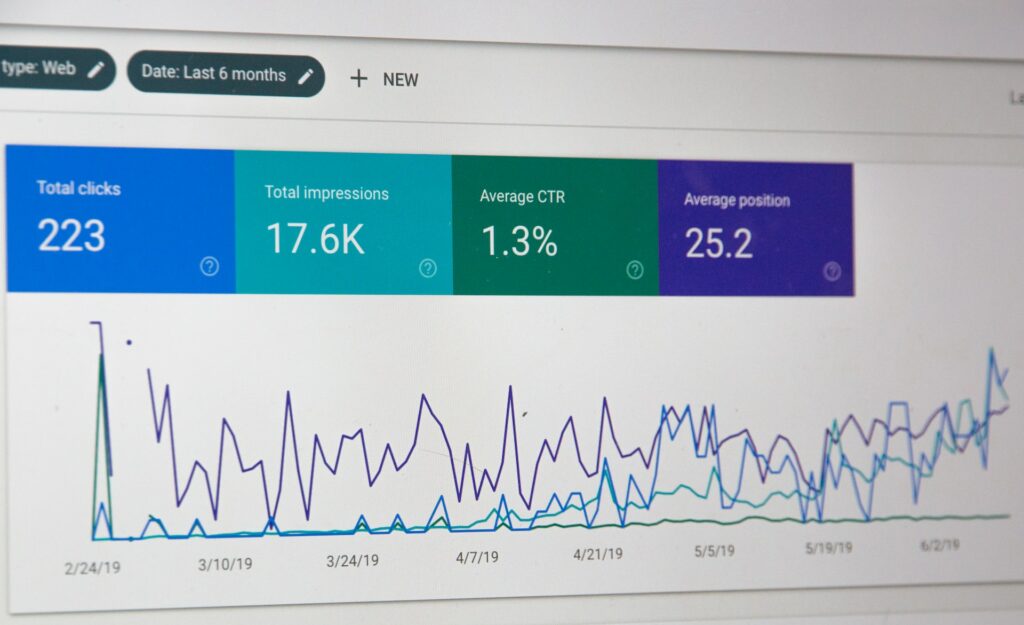Preserving the integrity of your data is essential for any size enterprise. Substandard data quality and management can give way to incorrect outcomes, ultimately leading to decisions that are founded on erroneous information.
The repercussions of poor data quality can be financially devastating and detrimental, so it is vital to take preventive measures for accuracy and reliability that will guarantee high-quality data integrity.
Data quality is a critical issue for organizations of all sizes
What is data quality, and why is it important?
Data quality is essential for any organization’s effectiveness and reliability. It involves accuracy, completeness, and timeliness of data; all of which must be analyzed by skilled professionals like business analysts. Without proper care given to the quality of data, decisions made will not be informed or reliable – making it critical that organizations take steps in ensuring their data is sound before using it strategically!
Poor data quality can lead to wrong decisions that could ultimately have disastrous repercussions, both for organizations and individuals alike.
Several important aspects contribute to data quality. These include:
1. Data Precision – The degree to which data is consistent with a trusted reference determines its accuracy. Poor collection, entry, and processing of information can affect the reliability of this measure.
Inaccurate data can lead to misguided decisions, costing businesses money and individuals their health. For instance, when a company relies on faulty information to set prices they could be selling products at a loss and someone making medical choices with incorrect data may miss out on critical treatment. Data accuracy is of the utmost importance for both business success and individual safety.
2. Data Completeness – This metric reflects if all the necessary data is present and up-to-date. Unfortunately, missing or incorrect details can sour the overall completeness of information storage; furthermore, irrelevant info may also impede this process as well.
Errors in data completeness can spell disaster, as critical information may be omitted from the set. If these mistakes are left unchecked, they could result in inaccurate results and misguided conclusions. Therefore, it is paramount that all required data for analysis is present and any errors have been corrected to ensure accuracy.
3. Timeliness of Data – This metric determines the rate at which data is made available when necessary. It can be hindered by slowed down or postponed data collection, inputting, processing, and dissemination processes.
A deficiency in data promptness can have a detrimental impact on the validity of your data. This could be due to lags in the collection, entry, processing, or distribution of information; any missteps during these processes will likely result in faulty statistics. If you want accurate results, all stages must be executed accurately and within an appropriate timeframe.

The consequences of poor data quality
Poor data quality can be disastrous for any organization, no matter the size. It poses a tremendous risk when it comes to time, money, and resources spent. Poor data quality has far-reaching consequences such as:
1. Result in wasted resources as individuals strive to work with erroneous data, leading to costly delays and financial loss.
2. Create chaos and misunderstanding when people attempt to make decisions with incorrect information.
3. Lead to ill-advised decisions that can be damaging and detrimental to the organization.
4. Heighten the potential of making damaging business decisions.
5. Disrupt the capacity of the organization to make well-informed decisions and devise sound long-term plans.
6. Diminish the credibility of the organization.
7. Incur costly fines or penalties as a consequence of inaccurate data, thereby draining the organization’s resources.
The seven steps to ensuring data quality
The seven steps to achieving and maintaining data quality are:
1) Planning: A successful plan for attaining high-quality data is essential. This should comprise strategizing about what type of data to procure, how it needs to be gathered, and the techniques you need to use for processing it.
2) Data Acquisition: It is essential that you procure your data from reliable sources in order to guarantee accuracy and completeness.
3) Data Processing: To make the data you have collected usable, it is necessary to undertake some form of preprocessing. This can include scrubbing and sorting your information, followed by arranging it properly so that analysis may be conducted.
4) Data Analysis: To unveil essential trends and detect patterns, it is crucial to analyze the data that has been collected. Utilizing statistical methods in this analysis can prove advantageous for gaining further insight into your results.
5) Data Interpretation and Presentation: It is essential to interpret the data you gathered and depict it in a straightforward manner – graphs, tables, etc. This will allow your audience to comprehend the information quickly and effortlessly.
6) Data Archiving and Disposal: Securely store the data you’ve collected and processed, as it may be referred to or utilized for future research. Ensure your archived information is secure so that all of the hard work you have conducted does not go to waste!
7) Continual Improvement: To ensure you are always obtaining the utmost accuracy, it is essential to frequently enhance your data quality plan.
Adhering to each step is paramount for guaranteeing that your data remains precise and dependable. If you follow these steps precisely, then it will help you reap the rewards of success!

Tips for maintaining data quality over time
Consistently revising and improving your data quality control procedures is key to preserving the accuracy and dependability of your data. To assist in sustaining high-levels of data quality, here are a few helpful tips:
- Ensure that you are consistently utilizing the most up-to-date data quality control procedures.
- It is essential to routinely evaluate and refine your data quality control procedures.
- Validate your data against existing resources to guarantee precision.
- Carefully scan, review and rectify any errors found in your data.
- Stay in control of your data by keeping it orderly and well-organized.
- Leverage software tools to guarantee data integrity and accuracy.
- Strategize how you will properly store and discard your data.
You need to continually improve your data quality plan.
The benefits of having accurate, reliable data
Accurate and dependable data holds a vast array of advantages. Above all, precise information is vital for making informed decisions that can lead to great success in business. On the other hand, using inaccurate data on which you base your operations may result in severe financial losses.
Moreover, precise data can help you trace patterns and trends over a period which grants you an advantageous position in your niche. Additionally, accurate data is essential for product innovation as well as a scientific study.
Finally, possessing precise data can assist you in taking smarter decisions on the distribution of your resources and rising profitability.

Conclusion
Accurately cataloging and preserving data is indispensable for achieving profitable outcomes, understanding long-term trends and connections, conducting scientific studies and product engineering, as well as forming informed decisions.
Following the seven important steps outlined in this article will guarantee reliable and precise data. If done accurately, you can have confidence that these steps will produce high-grade data to help make vital business decisions.




